
The Canadian Courier, Vol. V, No. 1, December 5, 1908
The Englishman in Canada has most of his troubles when he arrives.
![Historical/miscellaneous slides.. - [1970?]](https://leslievillehistory.files.wordpress.com/2017/02/unidentified-miscellaneous2-copy.jpg?w=1200)
Shacktown began at a time of great expectations. There was an economic depression in Britain, following on an earlier depression in the 1890s. Unemployment soared and the big industrialized cities of Britain had high levels of poverty. The future looked bleak for many working class people in places like Belfast, Glasgow, Birmingham, Sheffield, Manchester, Leeds and other manufacturing centres. Governments and private charities sponsored immigration so that Britons could move to Canada where there was hope for a better future. The cost of a boat trip to Canada enabled many to escape poverty at home by going “to the Colonies”. A flood of immigrants to Canada from the big cities of Britain poured into Canada, and especially into Toronto, creating a housing boom and providing labour for the growing manufacturing sector here.



These immigrants usually came as families, as immigrants still do today. Often a father, son or brother came first and a year or two later the rest of the family. Thus extended families of several generations landed at the docks or Union Station. When asked, “Why did you come to Canada?” They often replied, “To better myself”.
All they had was the clothes they wore and what they could carry. They wanted and found better jobs, better homes and better education for themselves and their children. For most it was a life of hard work in the factories and plants in Toronto. While their homes were just outside the city limits, they lived as close to the city line as possible and walked to work.
SUMMERTIME AND THE LIVING IS EASY
“And so with the sunshine and the great bursts of leaves growing on the trees, just as things grow in fast movies, I had that familiar conviction that life was beginning over again with the summer.”
F. Scott Fitzgerald, The Great Gatsby”
The first few summers in Shacktown were wonderful. The winters were very mild and everyone had lots of coal for the stove. For many these were the happiest days of their lives.
TAKE HER ALONG.
There is more fun in Shacktown that in your big city. You don’t know what delightful things are happening right near you.
I know a couple and they hadn’t a red cent.
Ant they got married!
They started in at Shacktown. Their first shelter was a few boards leaned up against a fence, and they snuggled under. Talk about your honeymoons! The millions left from the famous dead financier could not have added to their joy.
They have got a cottage now, and they own it, but no gold could take away from her the memory of her honeymoon in Shacktown.
They cooked amazing dinners outdoors. They sat under the moon for amazing nights. Sometimes they didn’t know where their breakfasts were coming from, but nevertheless they slept well. Twined in one another’s arms, they slept well and long. The morning brought them a new day, and the year a new house. She has a bedroom in blue – sky blue – and white, with colonial furniture; but she often longs for nights – old nights – cuddled in blankets under a shed.
Toronto Star, April 12, 1913
For most this was the first time they’d been able to buy their own homes, however humble they might have been. Most men had relatively good jobs in a growing economy. For most they could really believe that they had a chance to get ahead. If all their dreams could not be lived in their life time, they expected that the lives of their children would continue to improve through education and hard work – the proverbial “elbow grease”. This was a time when the belief in progress permeated all levels of society. They expected good schools and libraries so that they and their children “could get ahead”.
Between 1902 and 1914, of the approximately 2.85 million newcomers who arrived on Canadian soil, 1.18 million had English, Scottish, Irish, Welsh or other British roots.
Most of these families were incredibly frugal by today’s standards, saving so that they could own their own homes and forever be safe from the fear of eviction. Eviction and homelessness were only one pay envelope away for poor families. Owning your own home was the golden grail for the first generation of immigrants to Toronto. Shacktown suburbs made that dream a possibility. Everyone hoped to replace their shack with something better someday soon.


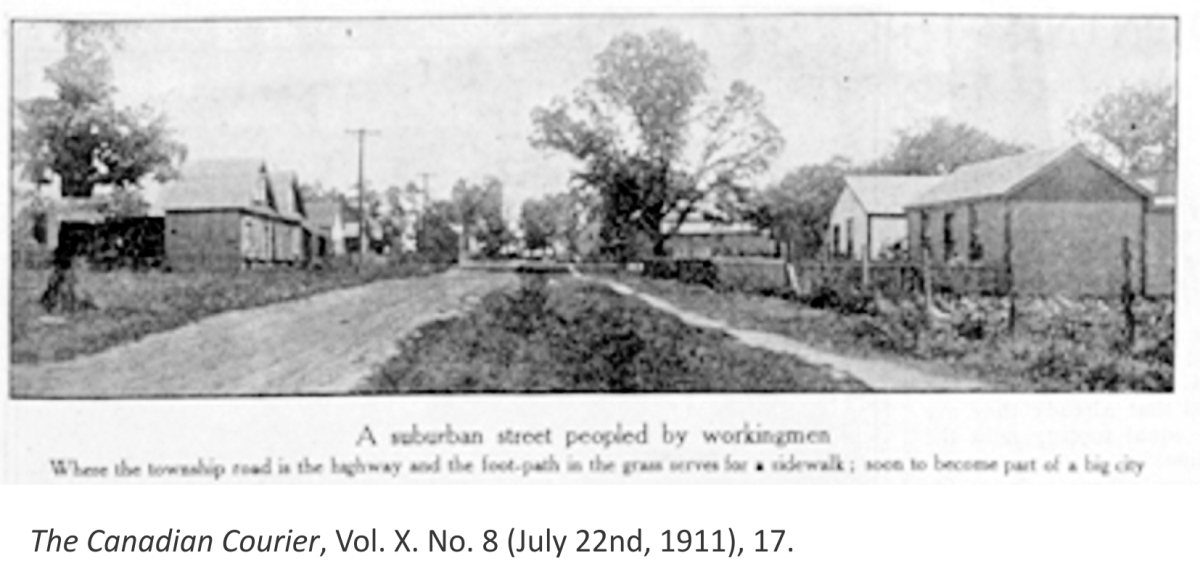






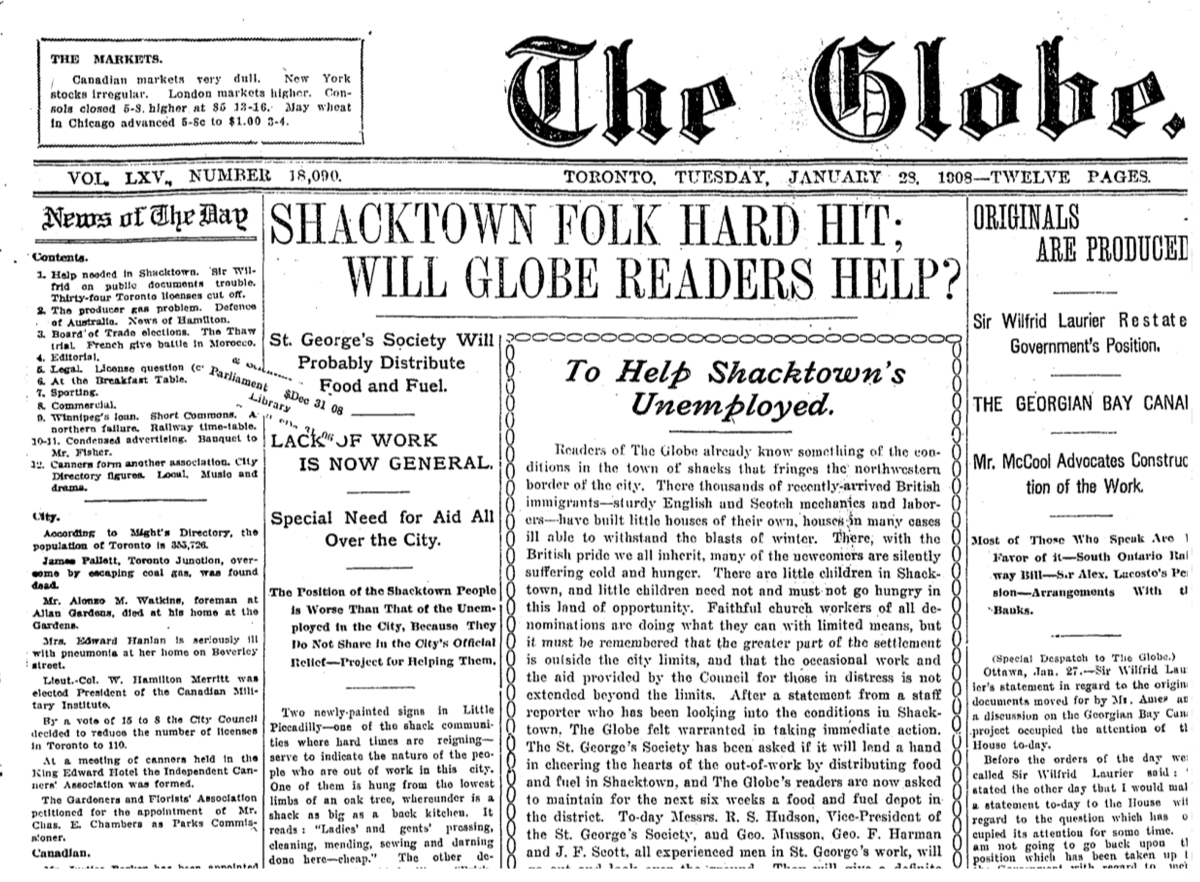

Stuart Lyon, editor, The Globe, who put the resources of the newspaper behind the Shacktown Relief Fund

TALENTED WRITER DIES IN MUSKOKA
Britton B. Cooke Had Wide Experience in Field of Literature
LIFE OF PROMISE ENDED
Britton Bertrand Cooke died on July 11, 1923 of tuberculosis in the Parfait Sanatorium, Gravenhurst, Muskoka. He born in 1890 in St. Lambert, Quebec originally and was only 33 when he died after several years of suffering from TB. After leaving school he worked as a reporter for The Globe.
He showed promise at once, having a style of unusual vividness and color and his work was early distinguished. Those who observed Mr. Cooke’s writing at that time will still remember the campaign he carried on about the year 1908 for the welfare of the residents of “Shacktown,” as Earlscourt was then called. During a particularly severe winter the plucky new residents from the British Isles who had built modest homes for themselves on the fringe of the city endured much hardship, and Mr. Cooke by his vivid articles in The Globe aroused much sympathy, and a substantial fund for their assistance resulted. Globe, July 12, 1923
Cooke later went to work for The Toronto Star, wrote for Collier’s Weekly and became Editor of the Canadian edition of Collier’s. Then he worked for Maclean’s Magazine for a while. Towards the end of his life he worked as a publicist for a number of big corporations, including Bell Telephone and Dominion Textiles. He left his wife, Jean Dewar, and three small children.

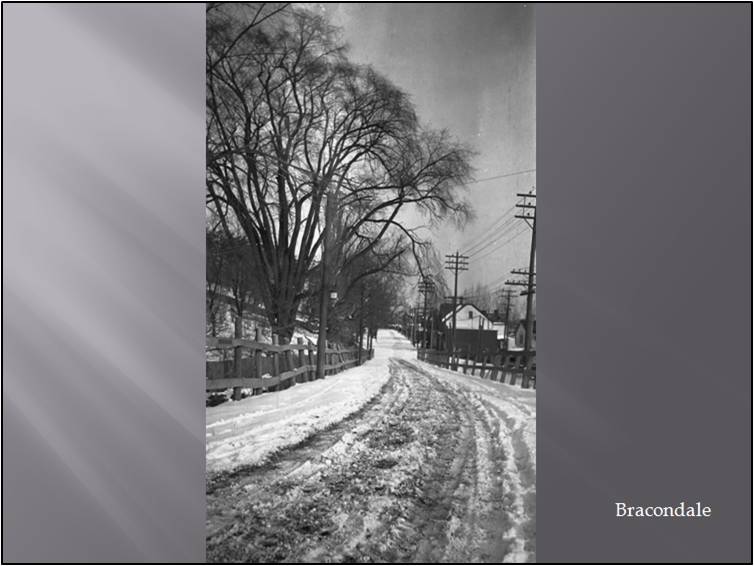 Bracondale Shacktown. City of Toronto Archives. Bathurst St., looking east to Davenport Road; before Bathurst St. made to run straight up hill Picture, 1910, Toronto Public Library A father in Shacktown: Now is no time to stand on ceremony when you have seven little kids who are going to be hungry soon. Toronto Star, Jan 31, 1908
Bracondale Shacktown. City of Toronto Archives. Bathurst St., looking east to Davenport Road; before Bathurst St. made to run straight up hill Picture, 1910, Toronto Public Library A father in Shacktown: Now is no time to stand on ceremony when you have seven little kids who are going to be hungry soon. Toronto Star, Jan 31, 1908






 The closest most of us get to a shack today. Star photographer Jeff Goode .Lake Simcoe ice hut, 1983, Toronto Star License From the Toronto Star Archives Toronto Public Library
The closest most of us get to a shack today. Star photographer Jeff Goode .Lake Simcoe ice hut, 1983, Toronto Star License From the Toronto Star Archives Toronto Public Library












![Wychwood Street through orchard. - [ca. 1907]](https://leslievillehistory.files.wordpress.com/2017/02/f1244_it2472.jpg?w=1200)
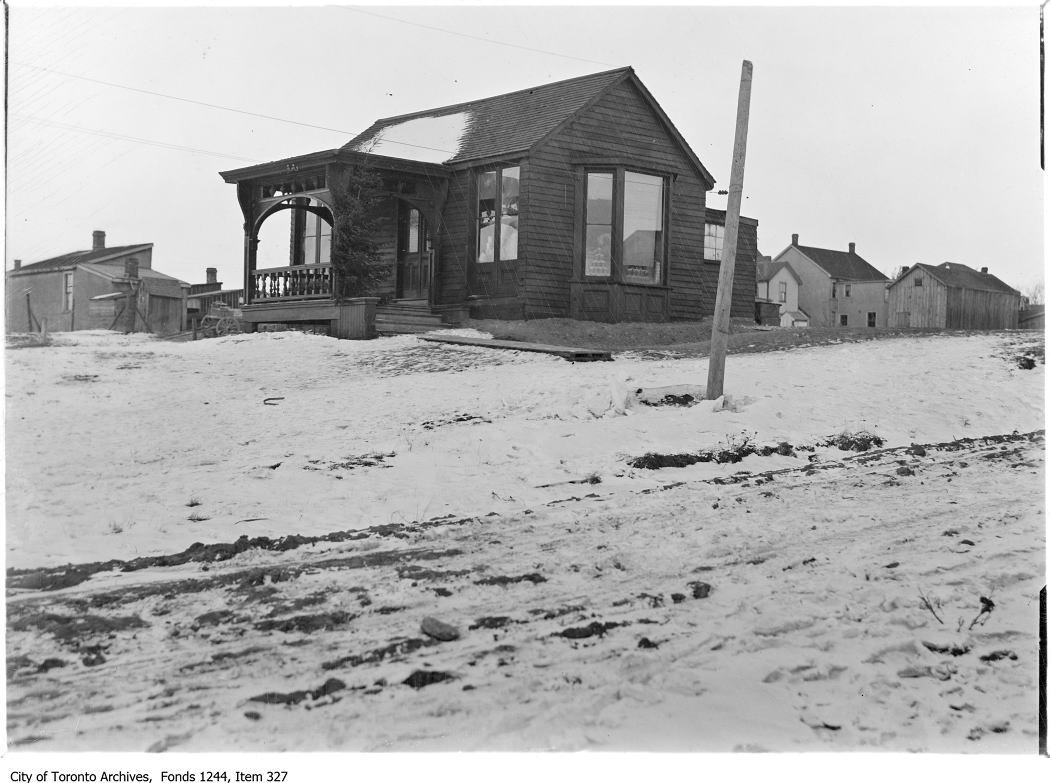
![Wooden houses, Wychwood. - [ca. 1907]](https://leslievillehistory.files.wordpress.com/2017/02/f1244_it2265.jpg?w=1200)





![Fairbank area, York Township. - [ca. 1911]](https://leslievillehistory.files.wordpress.com/2017/02/f1244_it2418.jpg?w=1200)


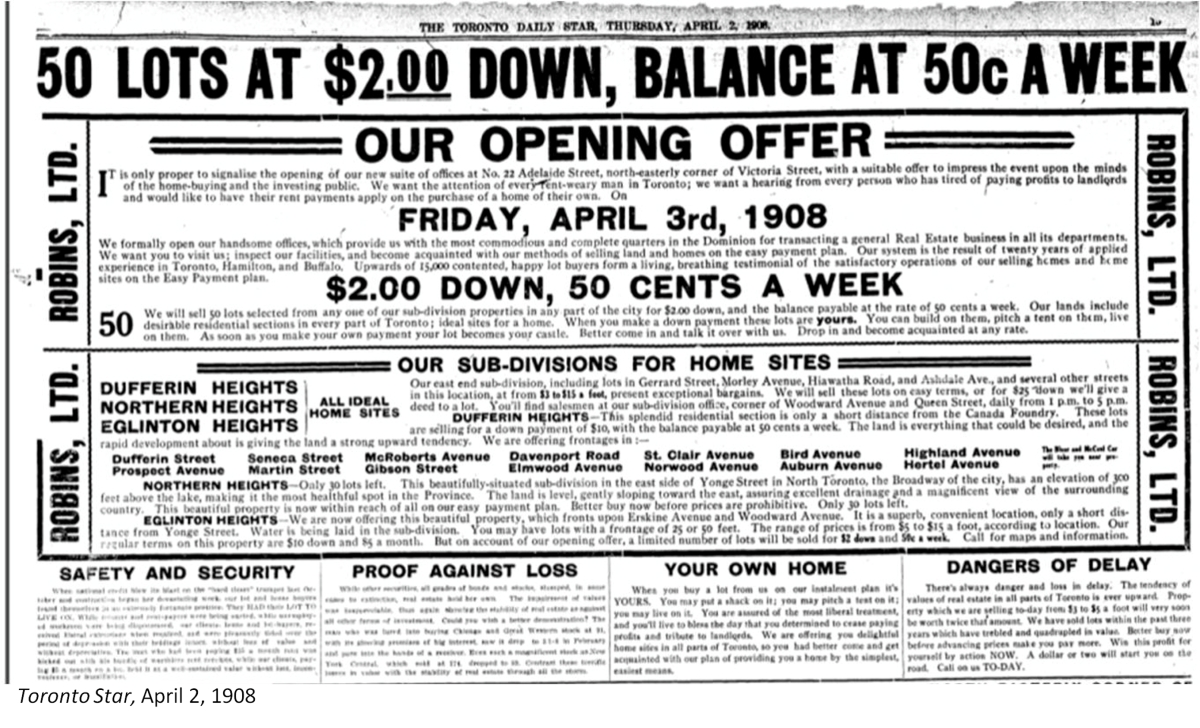


Having lived on Coxwell Ave for many years, between upper and lower Gerrard, I thoroughly enjoyed this step back in time!